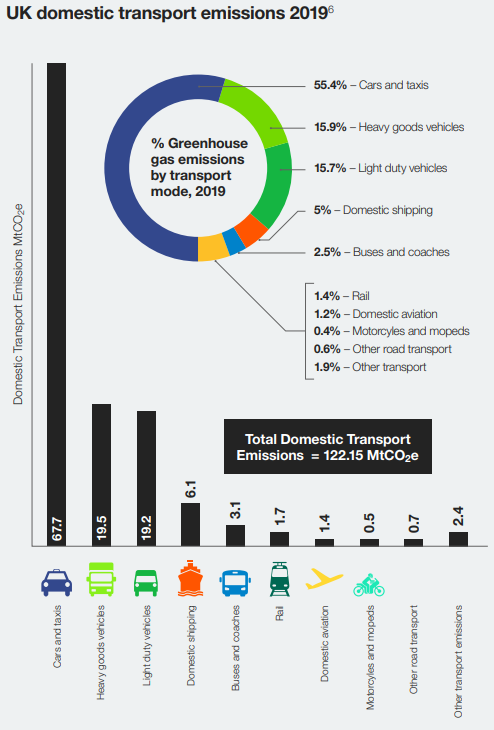The inclusion of the Climate and Ecological Emergency as one of our core policy themes demonstrates our commitment to do what is needed to overcome this challenge.
Climate change, caused mainly by carbon dioxide (CO2) emissions, is having a harmful effect on our planet. Whilst carbon emissions in other sectors have declined, emissions from transport have been broadly stable for the last thirty years.
There is a growing realisation across society that the climate emergency is real, is happening, and cannot be ignored. The understanding that real change is required, and that it must start now, and continue into the future, has grown to span all generations.
Our Climate Emergency policy
Alongside other local authorities in the West of England region, we at B&NES have declared a Climate Emergency, and are committed to achieving carbon neutrality by 2030. This means that by 2030, we will need to be able to balance our carbon emissions, to ensure that the level of greenhouse gas we release into the atmosphere is no greater than the amount we remove.
Transport currently accounts for 29% of carbon emissions in the B&NES area.
UK domestic transport emissions 2019 (in metric tonnes of carbon dioxide equivalent)
The B&NES Climate Emergency Outline Plan identified the scale of change required to meet the carbon neutrality target. There are many potential pathways to achieving this target. For example, one scenario would require the following changes:
- 7% decrease in the number of car journeys across the local authority area
- 25% reduction in kilometres travelled per person by car each year
- Electric cars: 76% pure battery, 14% petrol hybrid
- Buses: 76% electric, 24% hybrid
- Rail: 37% of freight rail is electric, 100% passenger rail is electric
National policy commitments
This is not just a local priority. At a national level, the Department for Transport (DfT) released "Decarbonising Transport: A Better, Greener Britain" in July 2021. This details the path to net zero transport, including the following commitments from central Government:
- Increasing cycling and walking
- A green bus revolution
- Decarbonising our railways
- Zero emission cars, vans, motorcycles, and scooters
- Accelerating maritime and aviation decarbonisation
There are several national-level levers which will significantly impact on carbon emissions at a local level, including the following:
- Advancements in technology
- Restrictions on sales of petrol and diesel vehicles
- Decarbonising bus and rail fleets.
We are equally committed to doing everything within our power to provide the necessary infrastructure and policies within Bath and the wider North East Somerset District, to ensure that we achieve our target of becoming carbon neutral by 2030. As residents, we can all do our bit, supporting our ambition with every trip that we make on foot, by bike, or by public transport, instead of by car.
Net zero – what does it mean and how do you measure it?
‘The Government target is for at least a 100% reduction in greenhouse gas emissions (compared to 1990 levels) in the UK by 2050. This can be achieved by a combination of emission reduction and emission removal.’
- Net zero and the different official measures of the UK’s greenhouse gas emissions, Office of National Statistics, 2019
As ‘net zero’ is a combination of emissions and removal of greenhouse gases, the objective for 2030 is not to reach zero transport-related emissions, but to reduce emissions by an amount that allows the residual emissions to be absorbed by, or removed from, the environment.

